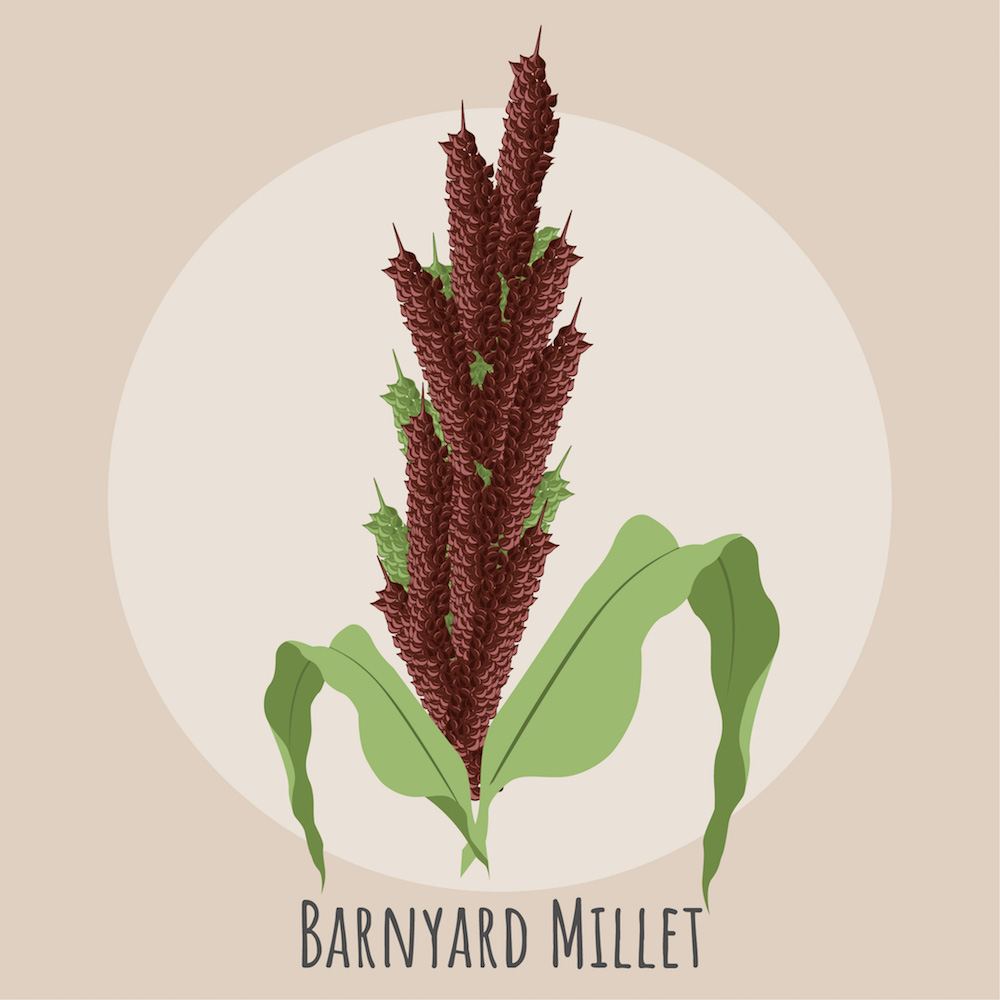
After two long posts on the history and farming of millets, we’re finally going to talk about the nutritional properties of millets. There’s this growing obsession with eating ‘superfoods’; which you should know is just a marketing term. I have some pretty strong views on the topic, so much so that I think it needs to be addressed as a standalone post! But we’re here to talk about millets and while I definitely won’t be calling them a superfood, I will say that they’re a fantastic addition to your diet.
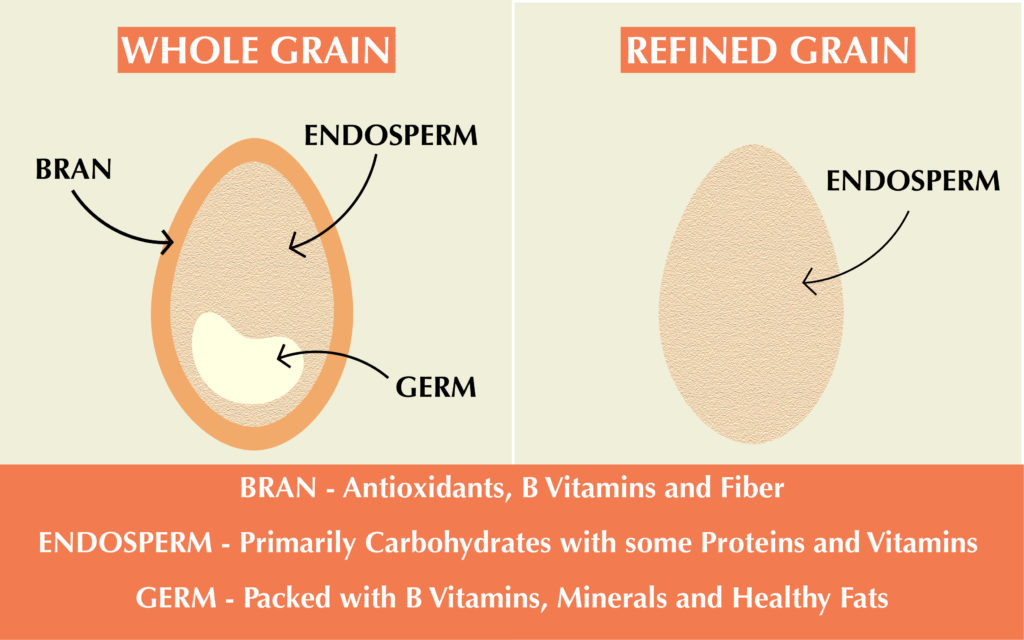
Whole Grain vs Refined Grain
All whole grain kernels have three parts. The bran, which is the outer skin, is full of fiber. The germ is the embryo of the seed which contains vitamins, minerals, essential fatty acids and more fiber. The endosperm is the main source of carbohydrates that provides the germ’s food supply. Millets are whole grains, which is to say that a 100% of the kernel, bran, germ and endosperm are retained through the hulling process. This ensures that you get the maximum amount of nutrients from the grain.
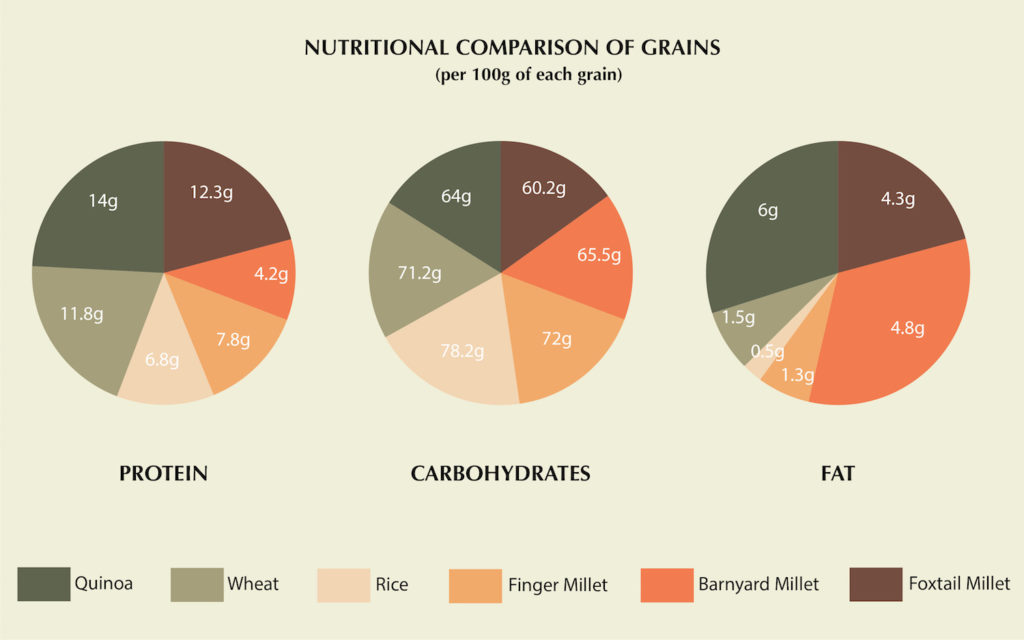
Are millets better than rice and wheat?
Millets are a great source of protein, carbohydrates and fibre. If you’re looking at numbers, that’s about 7-12% protein, 2-5% fat, 65- 75% carbohydrates and 15-20% dietary fibre. Carbs have gotten a really bad rep but the carbs present in millets, unlike those in rice and refined wheat, are complex carbs. Complex carbohydrates are digested slowly by the body, thereby keeping you full for longer. Millets also have both soluble and insoluble fiber, the latter of which is a prebiotic.While probiotics are living strains of bacteria, prebiotics are essential in feeding the healthy bacteria already present in your body. Soluble fibre also provides roughage to your stool and insoluble fibre speeds up transit time, both of which normalise your bowel movements. Dietary fibre helps to regulate your blood sugar levels and insulin response along with decreasing the risk of bowel disorders.
Complete vs Incomplete Proteins
Millets do well in most categories but quinoa has it beat when it comes to protein. More importantly, quinoa is a complete protein. What is a complete protein? It’s one that has all nine essential amino acids – i.e. the ones that can’t be made by the human body. Meat, eggs, fish and dairy are complete proteins whereas vegetables, legumes, grains and nuts often miss or have lower levels of one or two essential amino acids. However, as long as you have a varied diet it’s unlikely that you’ll need to worry about complete and incomplete proteins. Legumes have lower levels of the amino acid methionine and higher levels of lysine while grains have it the other way round. So consuming the two together would give you all essential amino acids.
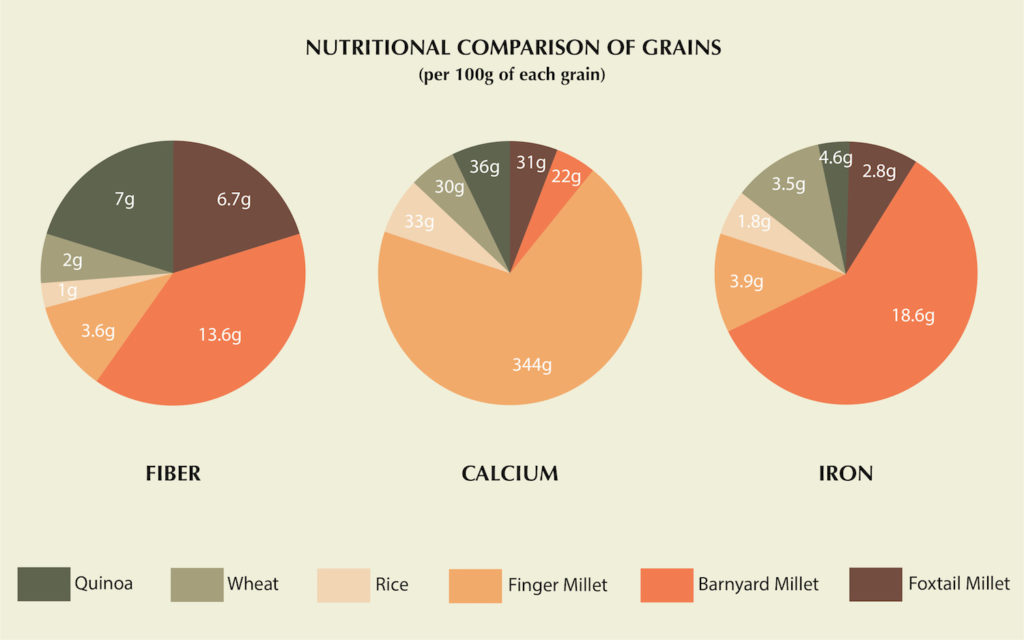
Millets have higher levels of vitamins, minerals and essential amino acids. Depending on the type of millet, they can be great natural sources of iron, zinc, magnesium, calcium, copper, niacin, B6, folic acid and Potassium. Finger millet, or Ragi is especially high in calcium. Calcium is crucial to growing children, pregnant and nursing women and the elderly due to their increased calcium needs. Ragi has three times more calcium than milk and almost ten times more than brown rice and wheat. It’s no wonder then that baby food in the south still consists of ragi porridge, no matter how gross it looks!
Millets are rich in phytates, polyphenols, tannins, anthocyanins, phytosterols and pinacosanols (can I just say stuff?) which act as antioxidants and protect your body from harmful oxidative stress. While oxidation is natural, oxidative stress leads to cell and tissue damage that can cause a host of diseases over time. It’s also what causes your body to age. Darker millets like Ragi and Foxtail millet have higher levels of antioxidants than lighter millets.
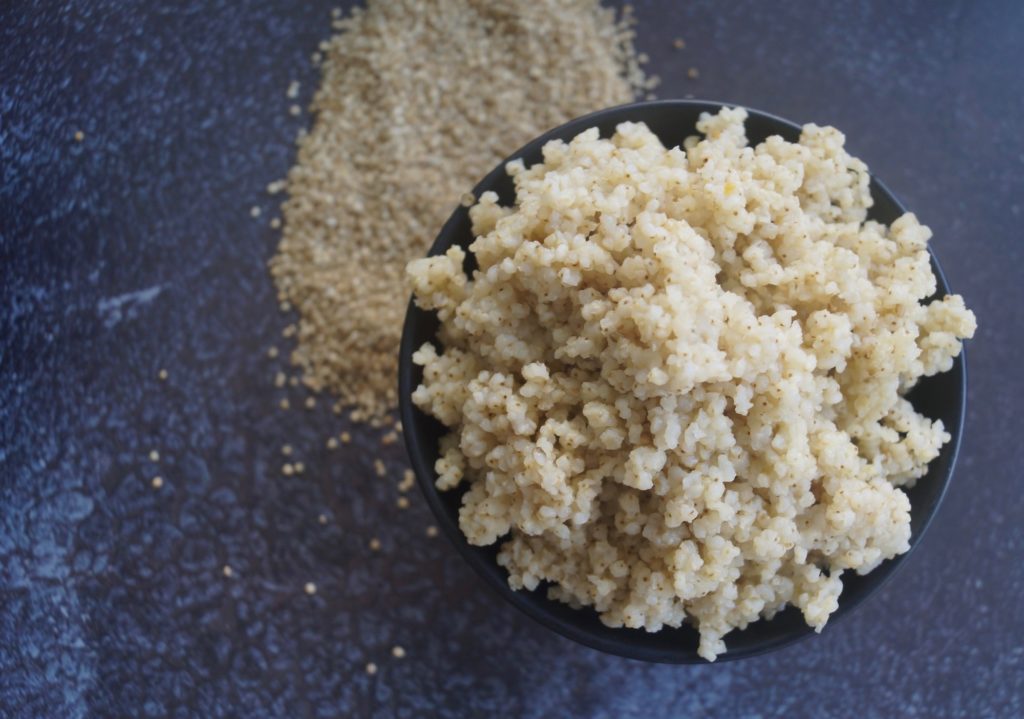
Personal Experience with Millets
I’d been trying to eat clean and healthy for a few years but I’d never thought of trying millets. On a routine visit to the doctor I mentioned how frustrating it was that I wasn’t losing weight despite eating relatively healthy and exercising frequently. She suggested switching two of my meals in a day to millets. Luckily my local store carried ten different types of millets! Thus began the experimentation! Millets aren’t a ‘superfood’ (honestly nothing is!). Switching to millets for two meals isn’t magically going to help me lose weight but it’s a great addition to my roster of healthy and tasty foods. Variety, I find, is key to a tasty, healthy and most importantly, sustainable diet.
So if you haven’t tried millets yet, now’s the time! Over the next few months I’ll be sharing my favourite millet recipes on the blog so stay tuned!
